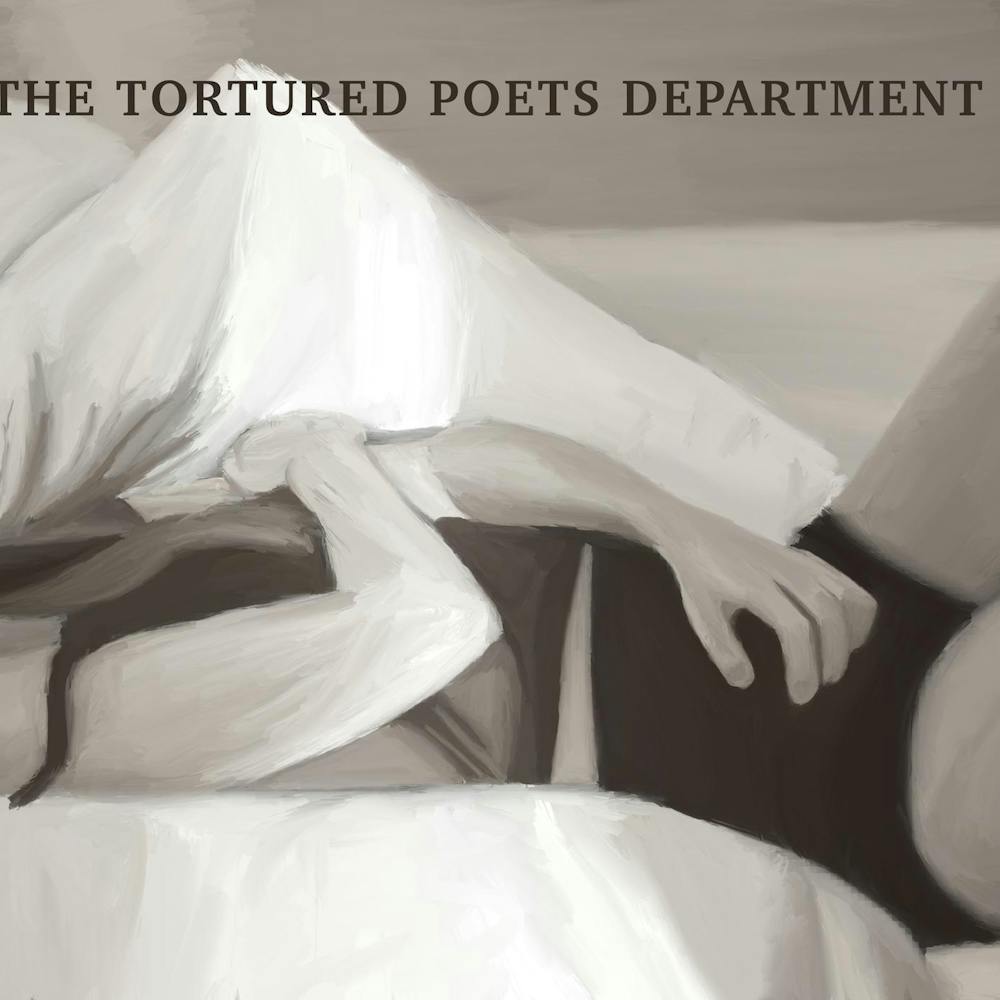From films like "Rocky" and "Raging Bull" to champion fighters like Oscar de La Hoya and Micky Ward, catholicism and boxing are firmly intertwined in American culture.
Oregon State University history professor Amy Koehlinger will shed some light on this often overlooked relationship in her Feb. 15 lecture event entitled Boxing, Manhood and Religion.
“If you look at which ethnicity dominates boxing, it’s whichever predominantly Catholic ethnic group has most recently immigrated to the U.S. in large numbers, such as Mexican-Americans today,” Koehlinger said.
The Catholic Church began supporting boxing as a means of appealing to the numerous young male immigrant parishioners filling America’s urban centers in the late 19th and early 20th centuries, Koehlinger said.
She said boxing matches were a popular social outlet for these Catholic immigrants for financial, spiritual and cultural reasons.
“One of the main things I touch on is the bloody nature of boxing and how it's compatible with Catholic beliefs, where physical punishment of the body is seen by many as a means of making oneself closer to God,” Koehlinger said.
Executive director of Lansing’s Crown Boxing Gym Bob Every is able to relate.
He was raised Catholic and competed in Catholic Youth Organization sponsored youth amateur boxing tournaments in New Orleans and Chicago, where he won the CYO national title in 1967.
“The heyday of CYO boxing goes back to probably the '30s or '20s,” Every said. “When I won the CYO tournament in 1967, CYO boxing was probably on its last legs.”
In its prime, the Chicago CYO tournament was one of the three premier youth boxing championships, along with the Golden Gloves and Amateur Athletic Union tournaments, Every said.
It was the culture of the eras in which competitive boxing amongst both Catholics and non-Catholics boomed that made the sport second only to baseball in popularity amongst American youth, Every said.
“Life was simpler,” Every said. “Families were hard working, blue collar, ate meat and potatoes, and kids had fewer gadgets to distract them.”
For Every, boxing gave him an identity and a connection to his father.
“My dad would sit there with a beer in one hand and a bowl of chili in the other watching boxing, some nights just riveted,” Every said. “I thought it would make my dad proud if I was a boxer, so when we moved to St. Johns I started training.”
Boxing, the church and the Mafia entered into an interesting triangular relationship during the 20th century.
“The Mafia really ran boxing into the 1970s and also has deep connections to Catholicism,” Koehlinger said. “It becomes really complicated for the church because mafioso would donate large sums, on one hand they don’t want to push these people away on the other their money is blood money.”
Koehlinger’s lecture is at 4 p.m. in A220 Wells Hall. For more information, visit the MSU Department of Religious Studies website.
Support student media!
Please consider donating to The State News and help fund the future of journalism.
Discussion
Share and discuss “Oregon State professor to visit campus, shed light on boxing and Catholicism relationship ” on social media.






